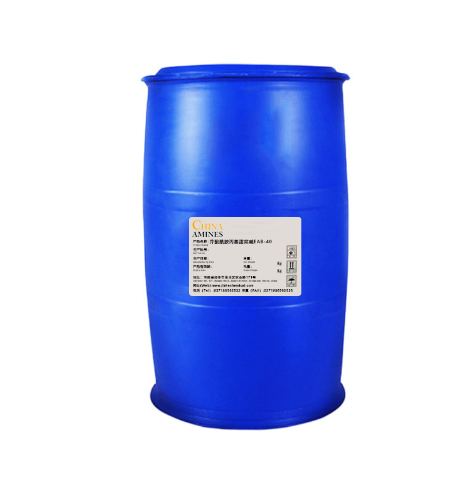1. Chemical Structure and Properties
Molecular Formula: C₅H₁₁NO₂
Structural Formula: (CH₃)₃N⁺CH₂COO⁻
A zwitterionic compound with a positively charged trimethylammonium group and a negatively charged carboxylate group.
Physical Properties:
Appearance: White crystalline powder or hygroscopic crystals.
Melting Point: 310°C (decomposes); Density: 1.33 g/cm³.
Solubility: Highly soluble in water (>500 g/L at 20°C), methanol; insoluble in non-polar solvents.
Hygroscopic: Rapidly absorbs moisture under humid conditions.
Chemical Properties:
Amphoteric Nature: Functions as both weak acid (carboxylate) and weak base (quaternary ammonium).
Thermal Stability: Decomposes above 300°C, releasing trimethylamine and CO₂.
Biochemical Role: Serves as a methyl donor in metabolic pathways (e.g., homocysteine remethylation).
2. Industrial Applications
Food & Beverage:
- Humectant: Retains moisture in baked goods, processed meats, and dairy.
- Flavor Enhancer: Masks bitterness in energy drinks and supplements.
Cosmetics:
- Moisturizer: Stabilizes hydration in skincare (e.g., La Roche-Posay® Toleriane).
- Surfactant: Used as a mild cleanser in shampoos (e.g., Head & Shoulders®).
Pharmaceuticals:
- Liver Protectant: Supports liver health in hepatoprotective therapies.
- Osmolyte: Stabilizes proteins in biopharmaceutical formulations.
Animal Feed:
- Methyl Donor: Enhances growth and metabolic efficiency in poultry and swine.
Biotechnology:
- PCR Additive: Increases DNA polymerase stability in high-temperature PCR reactions.
3. Safety and Toxicology
Health Hazards:
- Non-carcinogenic (IARC: Not listed), non-mutagenic (Ames negative), and non-reprotoxic.
- Oral: Low toxicity (LD50 rat: >5,000 mg/kg); may cause mild gastrointestinal discomfort.
- Skin/Eye Contact: Non-irritating (OECD 404/405 compliant).
- Inhalation: Low risk; inhalable dust may irritate the respiratory tract.
Regulatory Approvals:
- GRAS Status: Approved by FDA for food use (21 CFR 184.1440).
- Cosmetics: CIR Expert Panel confirms safety at ≤30% concentration.
4. Environmental and Regulatory Compliance
Environmental Impact:
- Aquatic Toxicity: LC50 (fish, 96h): >1,000 mg/L; EC50 (daphnia): >100 mg/L (practically non-toxic).
- Biodegradability: Rapidly biodegradable (OECD 301F: >90% in 28 days).
- Bioaccumulation: Negligible (log Kow: -1.46).
Regulatory Frameworks:
- EU: REACH-registered, not listed as SVHC.
- USA: EPA TSCA listed; exempt from food tolerance limits.
- China: Permitted as a food additive (GB 2760).
Transport:
- UN Number: Not regulated as hazardous; no transport restrictions.
5. Case Studies and Application Insights
Case 1: Sports Nutrition
- Application: Betaine anhydrous in pre-workout supplements enhances muscle strength via cellular hydration.
- Clinical Insight: A 12-week study showed a 10% increase in bench press performance at 2.5 g/day.
Case 2: Skincare Formulations
- Product: CeraVe® Moisturizing Cream utilizes betaine to improve barrier function in eczema treatment.
- Effectiveness: Reduces transepidermal water loss (TEWL) by 25% compared to glycerin-based controls.
Comparative Analysis:
- Pros: Non-sticky, non-comedogenic, gentle on sensitive skin.
- Cons: Glycerin remains more efficient as a humectant under low humidity conditions.


